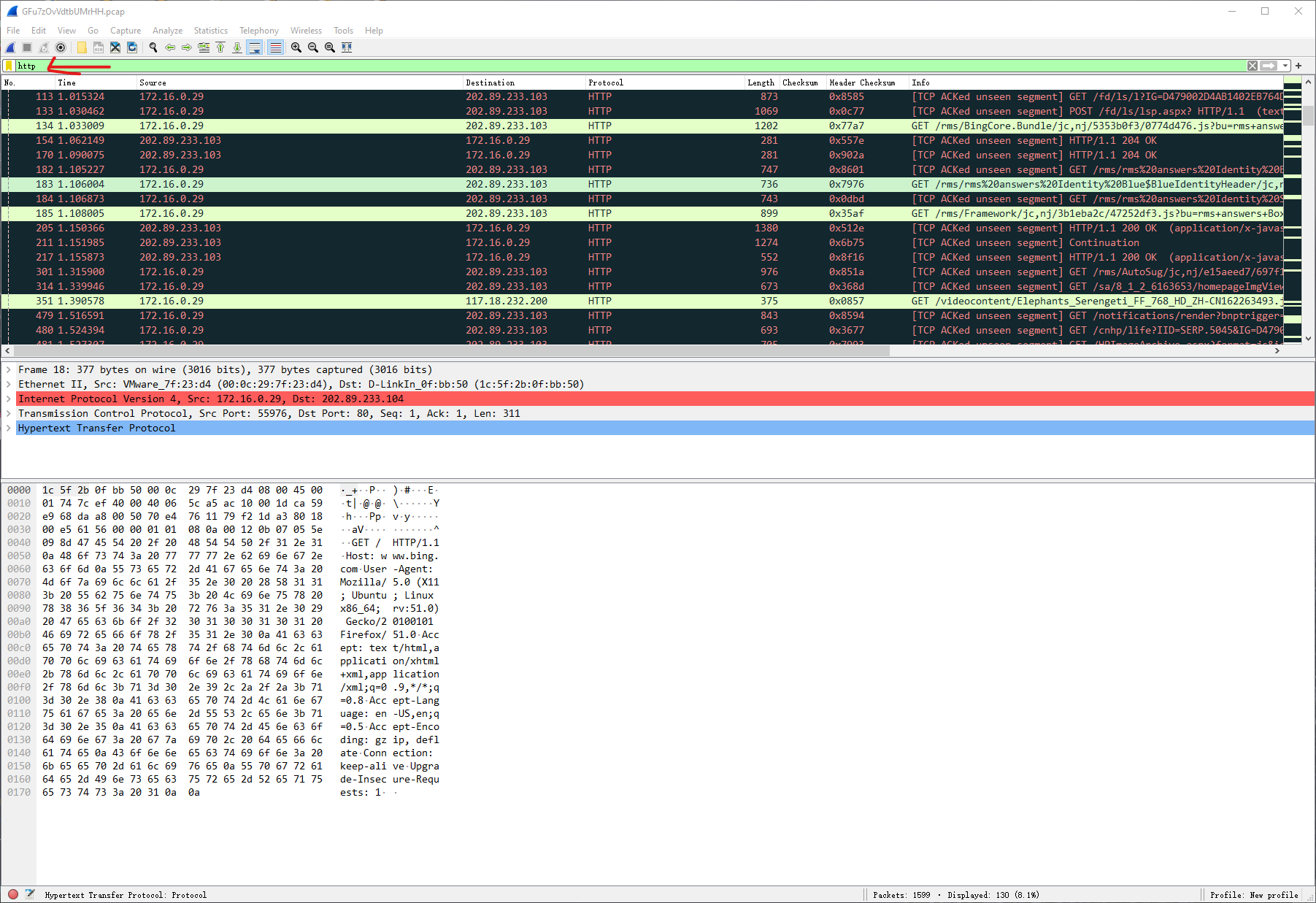

Run the following operation in the Filter box: ip.addr IP address and hit Enter.
#WIRESHARK IP NOT EQUAL PLUS#
If you want to filter out all packets containing IP datagrams to or from IP address 1.2.3.4, then the correct filter is !(ip.addr = 1.2.3.4) as it reads “show me all the packets for which it is not true that a field named ip.addr exists with a value of 1.2.3.4”, or in other words, “filter out all packets for which there are no occurrences of a field named ip.addr with the value 1.2.3.4”. Start by clicking on the plus button to add a new display filter. This tool helps you to reduce network outages and improve the performance of your network. Use the following display filter to show all packets that contain the specific IP in either or both the source and destination columns: ip.addr 192.168.2.11. A Lync Standard Edition Front End server located at 192.168.103.23. As the tcp.port 80 is used to filter port number 80 the can be changed with the eq which is the short form of the equal. A Polycom CX3000 Lync Phone Edition device on the host IP address of 192.168.103.104.
#WIRESHARK IP NOT EQUAL WINDOWS#
As an IP datagram contains both a source and a destination address, the expression will evaluate to true whenever at least one of the two addresses differs from 1.2.3.4. Traffic was captured using Wireshark on a Lync workstation (not from a server) during the following example scenario: A Windows Lync 2010 client on the host IP address of 192.168.103.100. The reason for this, is that the expression ip.addr != 1.2.3.4 must be read as “the packet contains a field named ip.addr with a value different from 1.2.3.4”. Instead, that expression will even be true for packets where either source or destination IP address equals 1.2.3.4. Unfortunately, this does not do the expected. Then they use ip.addr != 1.2.3.4 to see all packets not containing the IP address 1.2.3.4 in it. Often people use a filter string to display something like ip.addr = 1.2.3.4 which will display all packets containing the IP address 1.2.3.4. Using the != operator on combined expressions like eth.addr, ip.addr, tcp.port, and udp.port will probably not work as expected. If the data packet of the source IP is filtered: ip.src eq 192.168.1.107, the destination is like ip.dst eq 192.168.1.107, and the source and destination are. The "Filter Expression" dialog box can help you build display filters.Wireshark allows you to string together single ranges in a comma separated list to form compound ranges as shown above. For display filters, try the display filters page on the Wireshark wiki. For example, to capture only packets sent to port 80, use: dst tcp port 80Ĭouple that with an http display filter, or use: tcp.dstport = 80 & httpįor more on capture filters, read " Filtering while capturing" from the Wireshark user guide, the capture filters page on the Wireshark wiki, or pcap-filter (7) man page.


If you want to measure the number of connections rather than the amount of data, you can limit the capture or display filters to one side of the communication. In our expression, we’re using not because we want to ignore packets where the condition ip 1 & 0xfc 0x0 is true.

Note that a filter of http is not equivalent to the other two, which will include handshake and termination packets. Here, we’re saying that the packet must be both ip and the condition in parentheses following the and. Ping packets should use an ICMP type of 8 (echo) or 0 (echo reply), so you could use a capture filter of: icmpĪnd a display filter of: icmp.type = 8 || icmp.type = 0įor HTTP, you can use a capture filter of: tcp port 80


 0 kommentar(er)
0 kommentar(er)
